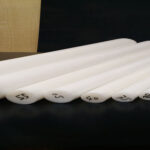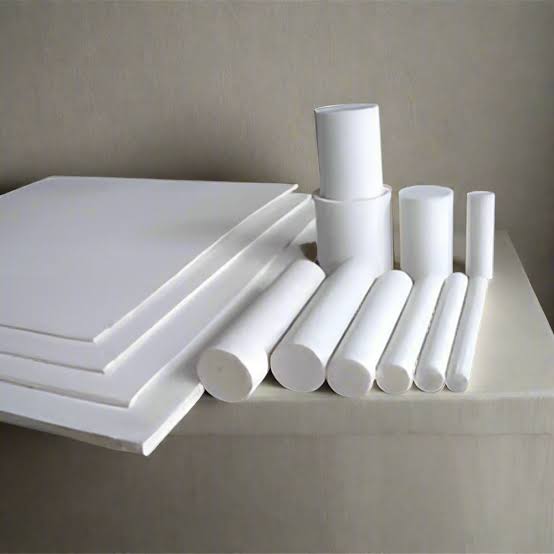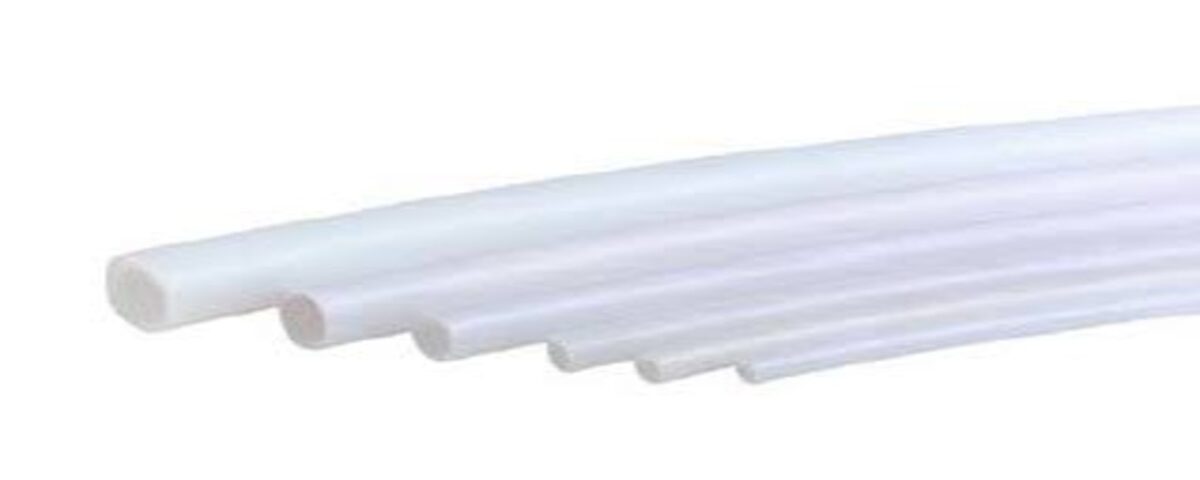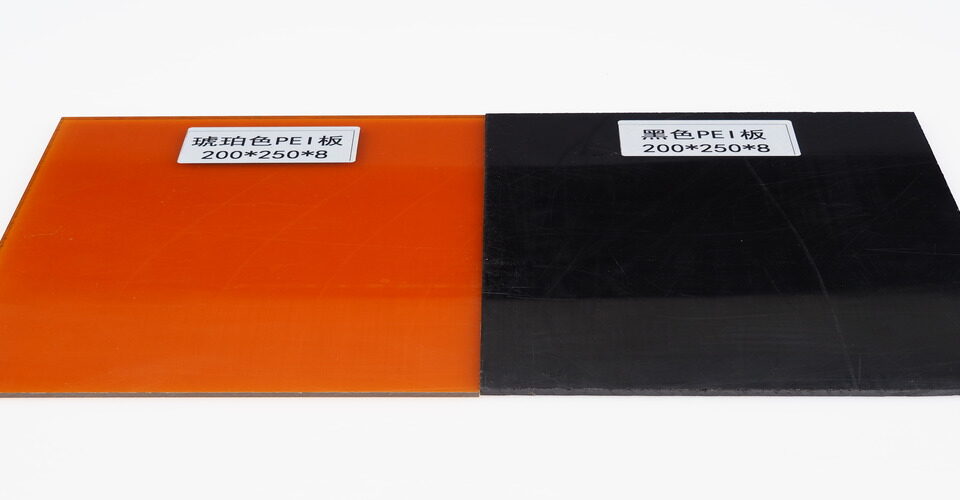
Which is Better, PP or PE?
November 12, 2024
What are the properties of PEEK?
November 13, 2024PTFE (Polytetrafluoroethylene) is a synthetic polymer known for its exceptional performance in various industrial and consumer applications. It is widely used due to its unique combination of properties, which makes it a versatile material in many fields.

1. Chemical Resistance
PTFE is highly resistant to a wide range of chemicals, including acids, bases, and solvents. This makes it ideal for use in harsh environments, such as chemical processing and pharmaceutical industries.
2. High Temperature Stability
PTFE can withstand temperatures ranging from -200°C to 260°C (-328°F to 500°F) without losing its structural integrity. This high thermal stability makes it suitable for applications that involve extreme heat.
3. Non-stick Surface
One of the most famous characteristics of PTFE is its non-stick properties. It has a very low coefficient of friction, which makes it resistant to wear and tear. This property is especially valued in cookware, such as non-stick pans, and in industrial applications like bearings and gaskets.
4. Electrical Insulation
PTFE is an excellent electrical insulator, which makes it highly useful in the manufacturing of electrical wires, cables, and circuit boards. It ensures minimal signal loss and high resistance to electrical breakdown.
5. Durability and Longevity
PTFE is known for its durability and long lifespan. It does not degrade easily and retains its properties over extended periods, even in demanding environments.
6. Biocompatibility
Because PTFE is non-reactive, it is often used in medical devices and implants, such as grafts and sutures, ensuring safety and compatibility with the human body.
In summary, PTFE’s combination of chemical resistance, temperature stability, non-stick properties, electrical insulation, and biocompatibility make it an indispensable material in many industries






